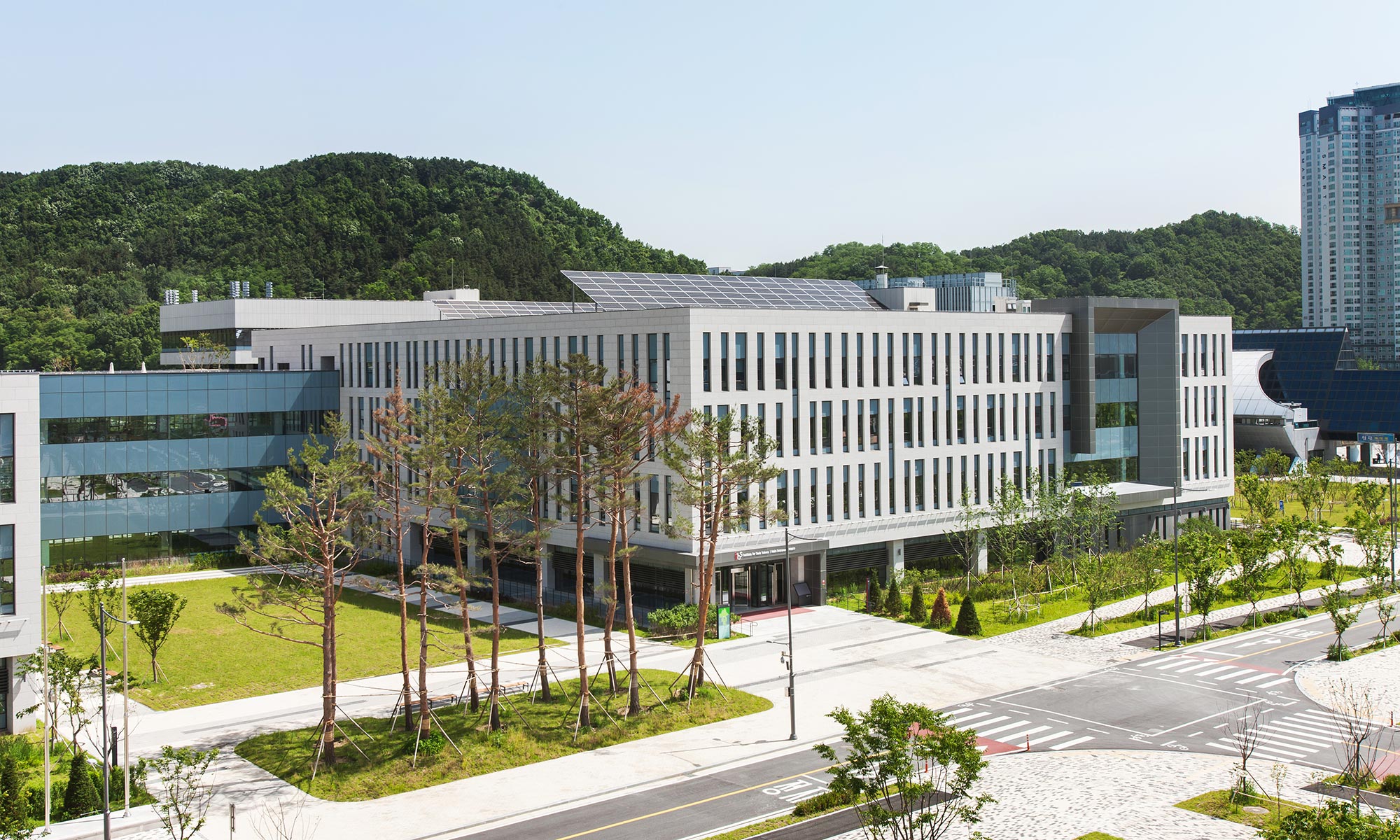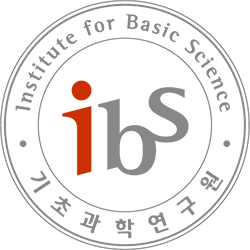Eui Min Jeong, A frequency-amplitude coordinator and its optimal energy consumption for biological oscillators
In this talk, we discuss the paper, “A frequency-amplitude coordinator and its optimal energy consumption for biological oscillators”, by Bo-Wei Qin et. al., Nature Communications, 2021. Zoom : https://us06web.zoom.us/j/99567630778?pwd=N2ZrUWtqZzJ0YURVTzlZT3JJR3FUQT09 Abstract Biorhythm including neuron firing and protein-mRNA interaction are fundamental activities with diffusive effect. Their well-balanced spatiotemporal dynamics are beneficial for healthy sustainability. Therefore, calibrating both anomalous …






